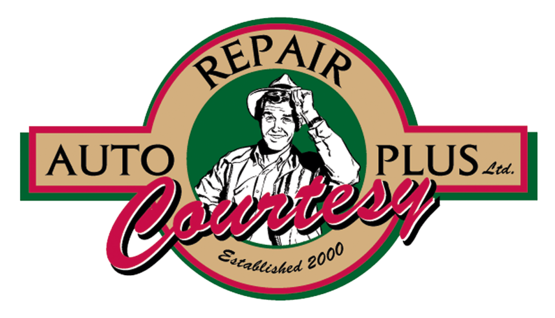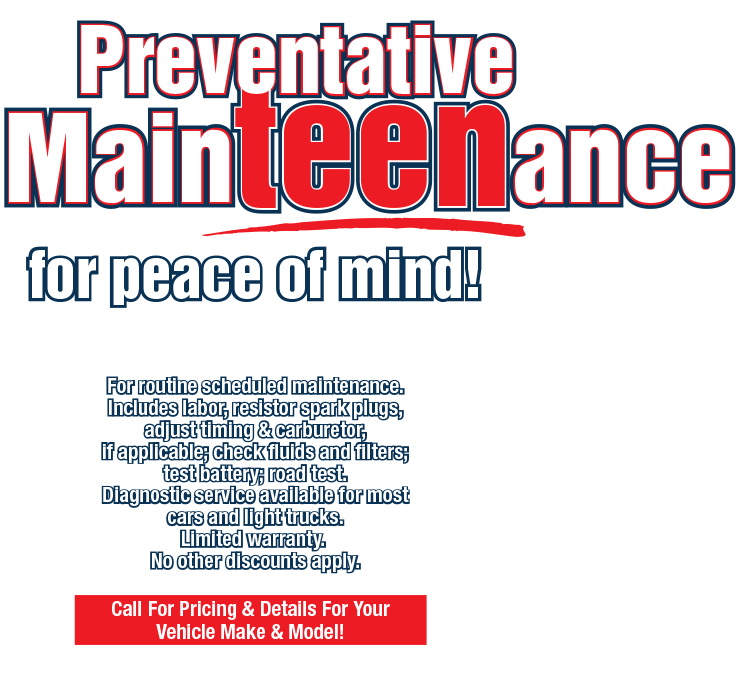How Tired Are Your Tires? (Tire replacement)
January 16, 2022
Of the things you think about most, your tires are probably pretty far down the list. That’s understandable because today’s tires are engineered to do their job without needing you to pay too much attention to them. But they DO wear out, and worn tires can contribute to skidding in bad weather, not being able to stop, a ride full of uncomfortable vibrations and, even a sudden blowout. Yikes. Let’s figure out right now how to know if your tires need replacing!
Let’s face it. Most of us don’t know the first thing about tires. So, the best way to make sure what shape yours are in is to take your vehicle to a qualified service facility to have the tires checked out by a trained technician. Here are things they’ll check:
- Tread. Tread is the part of the tire that touches the road surface. Different tires have different tread patterns and something called tread blocks - the raised rubber parts that contact the road. The longer a tire has been on a vehicle, the more of that rubber wears off. The technician will check to see if there’s enough of that tread left on your tire for sufficient traction to accelerate, steer, and brake.
- Pressure. It’s important your tires be inflated properly so your tires will perform the way they’re designed while driving. If your tires have low air pressure, the technician will check to see why, perhaps cracks in the sidewall from age, a nail in the rubber picked up on the road, or bulges. It’s also important your tires are not overinflated too.
- Wear. Your tires should wear evenly. If they haven’t, the uneven wear can cause vibrations that you can feel in the steering wheel. Maybe the whole vehicle shakes at a certain speed. Your vehicle may require other services such as balancing, alignment, or suspension repairs to prevent future tire damage.
- Age. Your tires may have adequate tread, but if they’re too old, it’s time for new. Rubber gets old, and when it does, it loses its elasticity. Ever find an old rubber band and tried to stretch it? It’s brittle and will break easily. Hotter climates will age rubber—and tires—faster. All tires have their date of manufacture stamped on them, so your service adviser will be able to see when your tires were made.
If it’s time to replace your tires, you’ll find you have many choices for new ones: different brands, models, designs, etc. Your service adviser can help you figure out which ones are right for you. It’s much better—and safer—to do it before one of them fails at the least opportune time.
Courtesy Auto Repair Plus
967 Bon Air Ave
Tiffin, Ohio 44883
419-443-0797
http://www.courtesyautorepairplus.com
More articles from Courtesy Auto Repair Plus

Oh, Stop! (Disc Brake Service)
May 11, 2025
Every time you drive your vehicle, you wear down your brakes just a little bit. And after a while, that adds up. Gradually, your stopping power isn't like it used to be. Since brakes are one of your vehicle's most important safety features, it just makes sense to keep them performing well. Mos... More

The ?Man-Made? Engine Oil (Synthetic Oil Change)
May 4, 2025
If you own a newer vehicle, your vehicles manufacturer may require that it use synthetic oil instead of conventional oil. Synthetic oils are more stable, dont break down as easily, and provide better engine protection than conventional oil. All those things can prolong the life of your engine an... More

Some New Boots (Suspension Maintenance)
April 27, 2025
There are some boots that don't come in a shoe box and aren't worn on your feet. They are called axle or CV boots, and they can be important parts for many vehicles. That CV stands for constant velocity. CV axles are mainly used in front-wheel drive and all-wheel drive vehicles. They're also us... More







